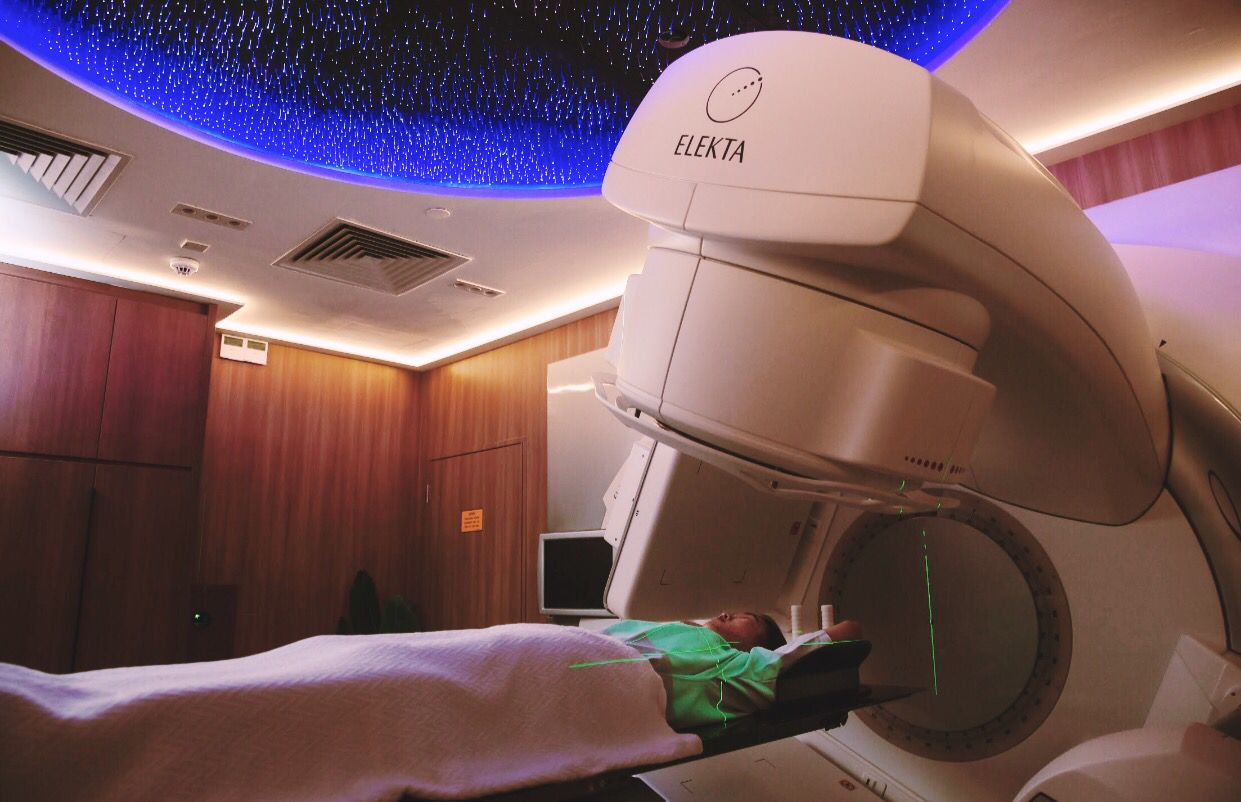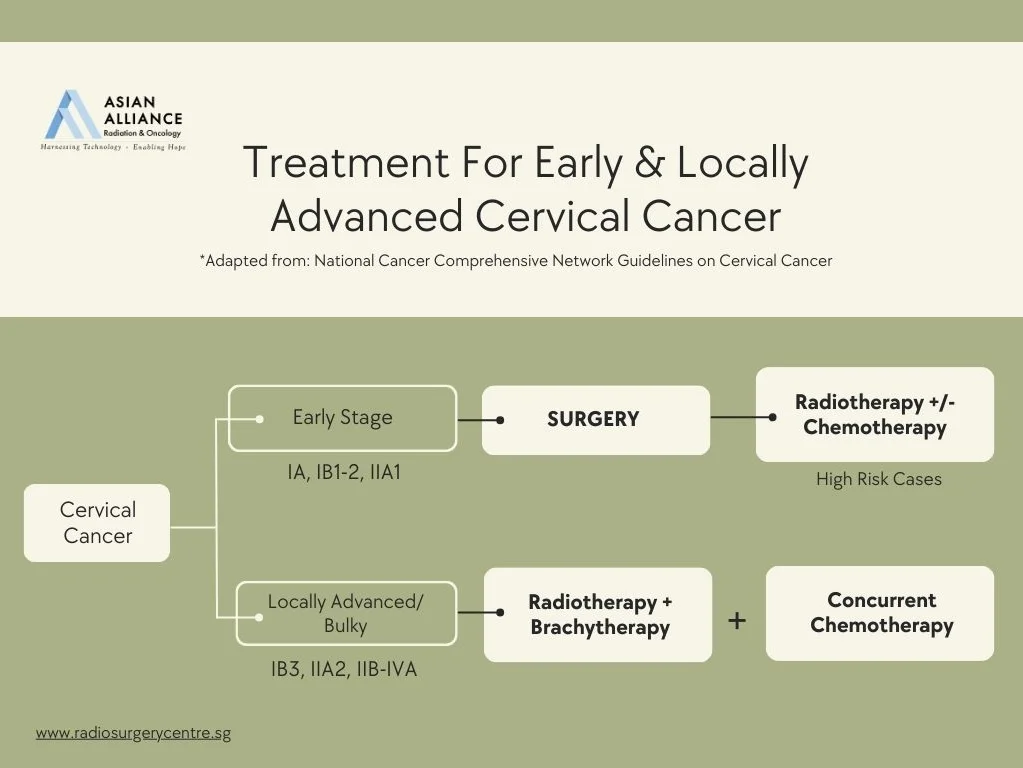How is Cervical Cancer Diagnosed?
There are several tests for cervical cancer. Screening tests can help detect cervical cancer and precancerous cells that may one day develop into cervical cancer. Most guidelines suggest beginning screening for cervical cancer and precancerous changes at age 21.
Screening tests include:
- Pap Smear: During a Pap smear, your doctor scrapes and brushes cells from your cervix, which are then examined in a lab for abnormalities. A Pap test can detect abnormal cells in the cervix, including cancer cells and cells that show changes that increase the risk of cervical cancer.
- HPV DNA Test: The HPV DNA test involves testing cells collected from the cervix for infection with any of the types of HPV that are most likely to lead to cervical cancer.
What are the Treatment Options Available?
As previously mentioned, all major international guidelines on cervical cancer treatment recommend radiotherapy and chemotherapy as the standard of care in locally advanced cervical cancer, as they provide the best outcomes possible for this group of patients. The chart below details the specific paths of treatment according to the stage of cervical cancer progression.
Disclaimer: The content for this article is for informational purposes only and is not a substitute for professional medical advice, diagnosis, or treatment. Always consult your oncologist with any questions regarding a medical condition. Do not disregard medical advice or delay seeking it based on information from this site.


